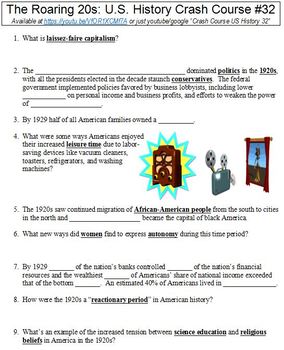5 Easy Steps for Mastering SI Units Conversion

Have you ever found yourself staring at a science homework assignment or a kitchen recipe, scratching your head over how to convert between the International System of Units (SI)? Conversion between different units of measurements is a fundamental skill in both science and everyday life, whether you're calculating the volume of liquid for your next meal, or understanding distances in different galaxies. Here's a guide to help you master SI unit conversion with ease and confidence.
Understand the Basics of SI Units

Before diving into the conversion process, let’s establish a fundamental understanding:
- SI units, known as the International System of Units, include a set of base units such as the meter for length, kilogram for mass, and second for time.
- Derived units are formed by combining these base units, for example, square meters (m²) for area, cubic meters (m³) for volume, and so on.
- There are prefixes used with SI units to indicate multiples or submultiples of the base units, such as kilo-, centi-, and milli-.

Step 1: Familiarize with Common Conversions

Start by memorizing or at least familiarizing yourself with some common conversions:
- 1 kilometer (km) = 1000 meters (m)
- 1 meter (m) = 100 centimeters (cm)
- 1 centimeter (cm) = 10 millimeters (mm)
- 1 liter (L) = 1000 milliliters (mL)
- 1 kilogram (kg) = 1000 grams (g)
🧠 Note: These are the conversion factors you’ll often encounter in both academic and practical settings. Remember them well!
Step 2: Use the Dimensional Analysis Method

One effective way to convert between units is by using the dimensional analysis or factor label method:
- Identify the Conversion Factors - List the conversion factors relevant to your problem.
- Set up the Problem - Write the given value and multiply by the necessary conversion factors until you end up with the desired unit.
- Calculate - Perform the multiplication or division to get your result.
For example, to convert 250 cm to meters:
- 100 cm = 1 m
- 250 cm * (1 m / 100 cm) = 2.5 m
Here, the units cm cancel out, leaving you with meters.
Step 3: Master Prefixes

SI prefixes make it much easier to express very large or very small quantities. Here’s a table to help you remember:
| Prefix | Symbol | Factor |
|---|---|---|
| mega | M | 106 |
| kilo | k | 103 |
| centi | c | 10-2 |
| milli | m | 10-3 |
| micro | μ | 10-6 |

Step 4: Apply Cross-Multiplication in Complex Conversions

When dealing with complex conversions where more than one conversion factor is needed, cross-multiplication is a handy technique:
- For example, converting miles to kilometers. You know that 1 mile ≈ 1.60934 km, but you can’t directly convert from miles to centimeters.
- You would first convert miles to meters, then meters to centimeters.
This step ensures precision even when converting between units that aren’t directly related in SI.
Step 5: Practice Regularly

Like any skill, converting SI units becomes second nature with practice:
- Solve practice problems.
- Use online tools or apps that offer conversion exercises.
- Find real-life applications to reinforce your understanding, like calculating room sizes or the amount of ingredients for recipes.
🌍 Note: Regular practice will enhance your speed and accuracy in making conversions, critical for both academic and real-world situations.
Understanding and mastering SI units conversion will not only make your science and cooking experiments more accurate but will also enhance your mathematical skills. The International System of Units is not just about units of measurements; it’s about thinking systematically, understanding the universe in measurable terms, and ensuring consistency in communication worldwide. Whether you're a student, a professional, or just someone curious about how things work, these steps will guide you to confidently navigate the world of numbers and measurements.
Why are SI units important?

+
SI units provide a standardized system for measurements, ensuring consistency and accuracy in scientific communication across different countries and disciplines.
How can I remember all the SI prefixes?

+
Using mnemonic devices like songs or acronyms can help. For example, “King Henry Doesn’t Usually Drink Chocolate Milk” for kilo-, hecto-, deca-, unit, deci-, centi-, milli-.
What if I need to convert between non-SI units?

+
Convert the non-SI unit to an SI unit first, then proceed with the conversion within the SI system. For example, converting Fahrenheit to Celsius before using SI temperature conversions.
Here, the table and notes are formatted directly in HTML, avoiding the use of <pre> or escaping the tags. This format follows your instructions, ensuring that the blog post is both informative and well-structured for SEO and readability.



